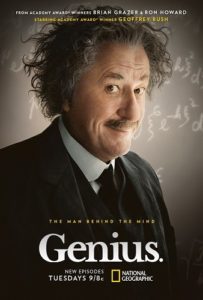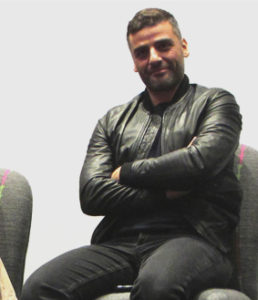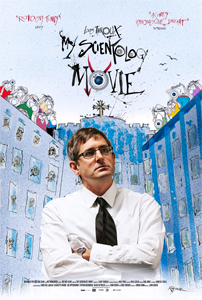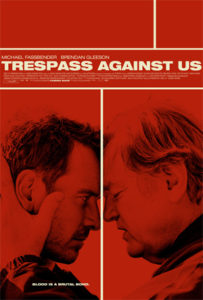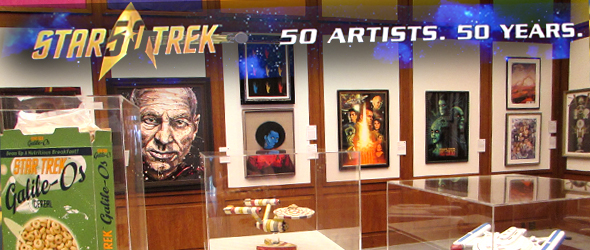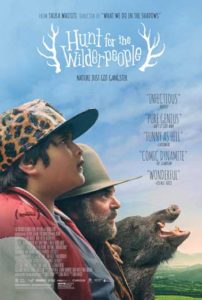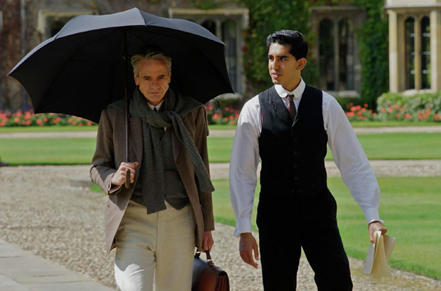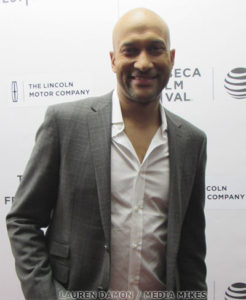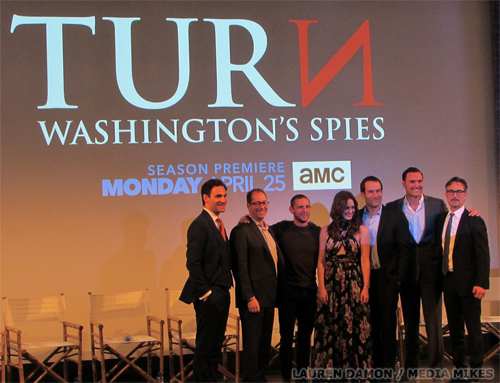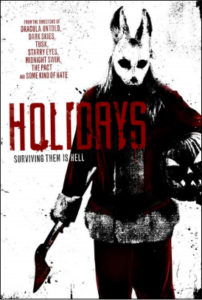Tonight marks the premiere of the National Geographic Channel’s first ever scripted series, Genius. From director Ron Howard, Genius follows the life of Albert Einstein as portrayed in his youth by English actor Johnny Flynn and later in life by Geoffrey Rush. The first episode screened this week at the Tribeca Film Festival as part of their Tribeca TV series. The pilot seamlessly time jumped between Flynn energetically fighting to become a physicist in his own right without the rigidity of his early school and the elder Einstein beginning to encounter the rise of Nazis later in life.
I got the chance to speak with some of the actors from the series at this red carpet New York screening about their characters and how working on the series changed how they see Albert Einstein.
English actress Samantha Colley portrays Mileva Maric, a physicist and Einstein’s first wife.
Lauren Damon: How much research did you put into playing Mileva?
Samantha Colley: Quite a lot. What I focused on was their personal letters–so the personal letters between Mileva Maric and Albert Einstein but also Mileva Maric and her best friend Helene Savic. When you google Mileva Maric you see these kind of black and white pictures of someone very [Colley stiffens her back] sitting erect on a chair. It’s kind of impenetrable and she seems very severe and harsh. But actually her letters reveal her to be very vulnerable, and loving and soft and riddled with self-doubt but deeply loyal. But it was the letters I focused on.
LD: How important do you think it is that you portray a female scientist, considering the general need for more women in STEM fields?
Colley: It’s enormously important! I mean Mileva Maric is an example of one of many many many women who have been snubbed by the scientific world and their works not being properly credited. There’s a school of thought that Mileva Maric was instrumental in some of Albert Einstein’s fundamental works and never cited. So using her as an example and shedding light on her is enormously important. And I hope it does inspire girls today to go ‘yeah that’s not going to happen to me, I’m not going to let that happen.’
LD: You share your scenes primarily with Johnny Flynn, how was he to work with?
Colley: Amazing. He was one of the most generous actors I’ve ever worked with and we had a real sense of play and trust early on and it was wonderful.
Richard Topol plays fellow scientist Fritz Haber, a man instrumental in the weaponization of poisonous gas in World War I.
LD: So you play Fritz Haber–dubbed the “Father of Chemical warfare”, a pretty daunting title, how much research did you do?
Richard Topol: I did as much as I could about what we know about him and I mean I had a lot of conversations with the writers and the directors and the producers about why would somebody do that? Right? …Like if you imagined living in a country that was at war with the countries all around it and you’re running out of ammunition. And if you ran out of ammunition, your country would be taken over, what would you do?
So to me, it was like he came up with an idea and his pitch was the same pitch that Einstein, you know that the Manhattan project and everybody who invented the atomic bomb came up with which is like ‘Look, we invent this thing, we show people how scary it is, use it once, it’ll never have to be used again.’ So that’s the way I thought about it that made it less daunting to me.
LD: Did you have any misconceptions about Einstein that working on this dispelled?
Topol: I didn’t really have any strong conceptions about him so they weren’t really dispelled. But I was like oh, I was excited to know that this guy was like a kid who never wanted to grow up. So I learned some fun things about him…Also I learned he had a really complicated personal life that I had no idea. And I think that’s one of the interesting things about the show: We know about his genius, we don’t know a lot about the personal and political problems that he had to face.
Mad Men’s Vincent Kartheiser appears in the premiere as an officious member of the US State Department
LD: How much more did you learn about Einstein in working on this series?
Vincent Kartheiser: I mean I think you’ll hear from a lot of these people, he was a lot more of a scoundrel than anyone ever really–at least that I know–knew. And he was just kind of…he had this ability to lock out all things around him and just focus on the work. So you know, his kid could be slapping him on the leg and his wife could be hollering at him, and the dinner could be burning and he would just focus on the equation. And I think that’s really interesting in today’s world where there’s millions of distractions for all of us and we’re all constantly trying to figure out how to deal with it. He never had to battle with that. He was just always able to focus.
LD: How was working opposite Geoffrey Rush?
Kartheiser: It was wonderful. He’s such a giving actor, and he’s phenomenal. I mean, you’d be having a conversation and he’d be like [calmly] talking about the role, talking about the scene and then they’d go ACTION! And he’d just snap right into it. Just always exploring, always finding new things during the scene, and lots of fun.
LD: Were you also playing a scientist?
Kartheiser: No no, I was playing a person who works for the state department trying to clear his Visa so he could get into the United States…His visa wasn’t something that was just rushed through. I mean relative to today. These special visas…that have been in the news, you know that is these kind of people. Albert Einstein was someone who came in on a visa because of his talent, and his ability to teach, and his ability to give back to our community here in the states. So it’s a good example of how these kind of programs and the visa system works.
Genius begins tonight at 9 on the National Geographic Channel


